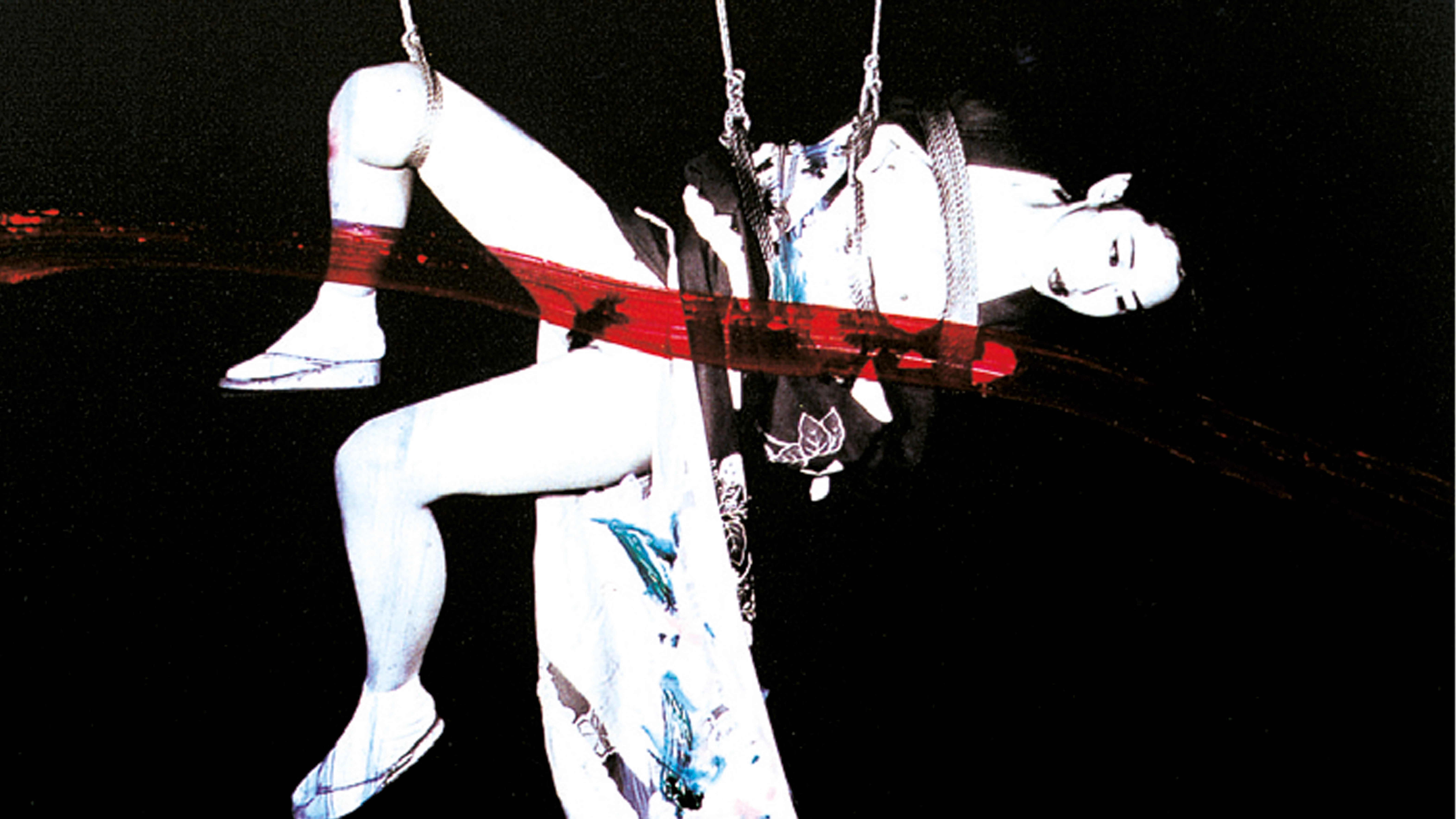
Nobuyoshi Araki, Shijiko, 2001
We get to know the body through pain. The tied torsos by Hans Bellmer or Andrés Serrano, like Araki’s suspended Shijico, provoke more than sadistic fantasies of submission: the elasticity of flesh under bondage conveys its tactile materiality better than the relaxed images of the body in freedom. If pain promises pleasure, both experiences are combined in the encounter between the feigned ecstasy by Serrano and the crying grief in front of the Moroccan prison: the trance of the raised faces describes a similar passion, forming figures that acquire a pictorial dimension in Islamic duels of Kosovo or Algeria. When Benetton reproduces the pathos of the dying AIDS victim, the art director Oliverio Toscani is moved both by the composition of the scene and by the awe of this asymmetric caritas, the same features of his interracial breastfeeding. Only compassion is shocking in a time whose orgone box is the massage shower, and whose orgasm comes from tattoos. Perforated by architects, prisoners or demonstrators, walls are truly walls when tattoed by graffiti and penetrated with picks, and these ritual violations are not different from the violent cut with which Matta-Clark leaves the house cleaved and open, wounded and available...[+]






